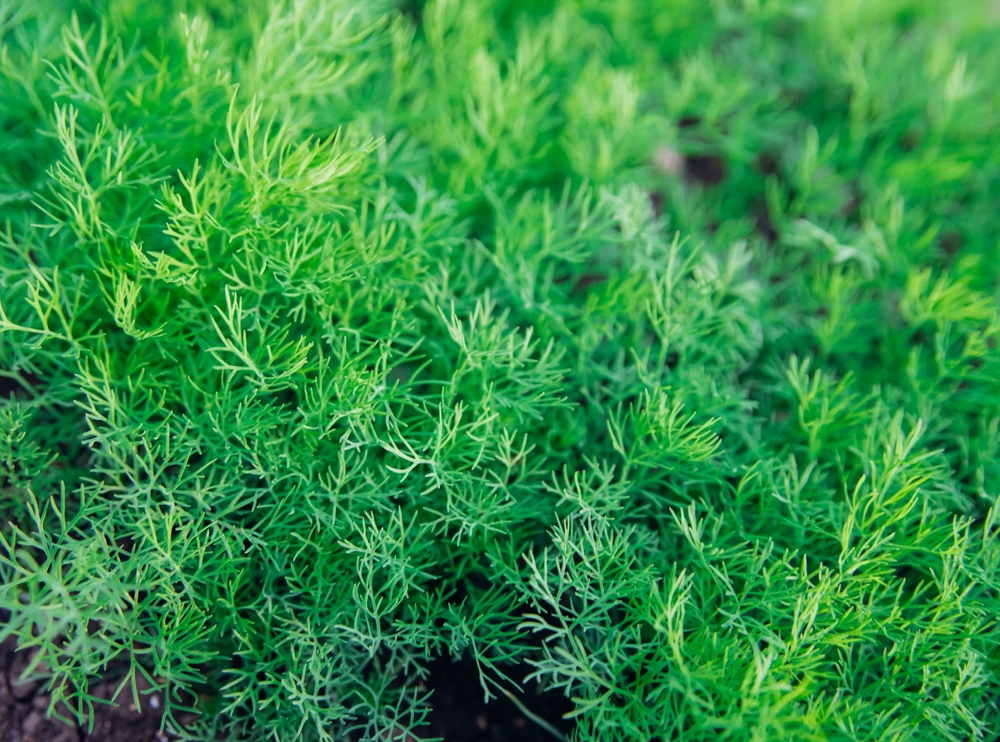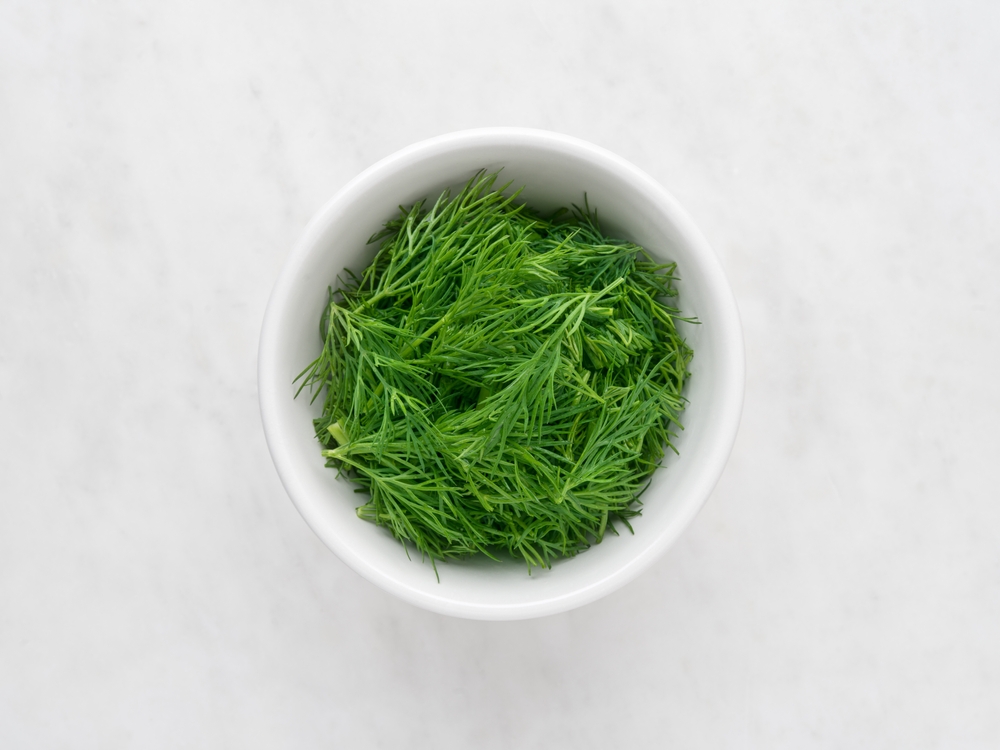Dill (Anethum graveolens) is a fragrant herb widely valued for its culinary and medicinal uses. Originating from the Mediterranean and southwest Asia, dill has spread across the world due to its adaptability and versatility. Both the leaves (commonly known as dill weed) and seeds are used in cooking and traditional medicine. Its delicate feathery leaves and distinctive, aromatic taste make it a popular ingredient, especially in European, Middle Eastern, and Indian cuisines. In addition to its culinary significance, dill also offers a range of health benefits. Cultivating dill is relatively simple, making it a favored choice for home gardeners and commercial farmers alike.
Cultivating Dill
Growing Conditions
Dill is a hardy plant that grows best in temperate climates. It thrives in well-drained soil with a neutral to slightly acidic pH. Dill prefers full sun exposure, though it can tolerate partial shade. While it grows well in containers, dill is often cultivated in open gardens where it can reach its full height, typically between 2-4 feet. In addition, it is a great companion plant, often grown alongside cabbage, onions, and lettuce to repel certain pests.

Planting
Dill can be grown from seeds, either sown directly into the soil or started indoors and transplanted. The seeds should be planted shallowly—about 1/4 inch deep—in rows spaced around 12 inches apart. For gardeners in cooler climates, early spring is the best time to plant dill. Dill prefers warm conditions and will flourish once the threat of frost has passed. Its fast growth means that you can start harvesting leaves within 6-8 weeks of planting.
Maintenance
Dill requires little maintenance once it has established itself. Regular watering is necessary, but overwatering should be avoided, as dill is susceptible to root rot in waterlogged soil. Thinning seedlings will promote healthy growth, and pinching off flower heads can prolong leaf production. For seed harvest, however, the flowers must be allowed to mature. A benefit of dill is that it often reseeds itself, meaning gardeners can enjoy a continuous supply year after year with minimal effort.
Health Benefits of Dill
Rich in Nutrients
Dill is packed with essential nutrients, particularly vitamins A and C, both of which are powerful antioxidants. It also contains smaller amounts of calcium, magnesium, and iron. Incorporating dill into the diet can contribute to overall health, particularly for the immune system, skin, and bones.
Digestive Aid
Dill has long been used in traditional medicine as a digestive aid. The herb’s essential oils stimulate bile production, which helps break down food more efficiently. Dill seeds are often chewed after meals in many cultures to reduce bloating and indigestion. Additionally, dill is known to have mild antibacterial properties, which can help prevent infections in the digestive tract.
Anti-inflammatory Properties
Dill contains compounds like monoterpenes and flavonoids, which have been shown to have anti-inflammatory and antioxidant effects. These compounds may help reduce inflammation and protect the body from oxidative stress, a key factor in many chronic diseases such as arthritis and heart disease.
Bone Health
The calcium content in dill is beneficial for maintaining strong bones and preventing bone density loss. While it doesn’t offer as much calcium as dairy products, dill can still contribute to daily calcium intake, which is important for preventing conditions like osteoporosis.
Heart Health
Dill’s potential heart health benefits come from its ability to regulate cholesterol levels. Some research has suggested that dill extract may help lower bad cholesterol (LDL) while raising good cholesterol (HDL), reducing the risk of cardiovascular diseases. Its anti-inflammatory and antioxidant properties also support overall heart health.
Antimicrobial Properties
Dill’s essential oils are also believed to have antimicrobial effects, particularly against bacteria and fungi. This makes it useful not only for medicinal purposes but also for preserving food. Dill is commonly used in pickling, where its antimicrobial properties help inhibit the growth of harmful microorganisms.
Culinary Uses

Dill is best known for its culinary applications. Its fresh leaves are used to flavor dishes such as soups, salads, sauces, and fish, especially salmon. In Eastern European and Scandinavian cuisines, dill is a key ingredient in pickling cucumbers, where its flavor infuses the brine and preserves the cucumbers. Dill seeds, on the other hand, are commonly used as a spice in curries, bread, and stews. The versatility of dill in the kitchen makes it a must-have for anyone who enjoys cooking with herbs.
